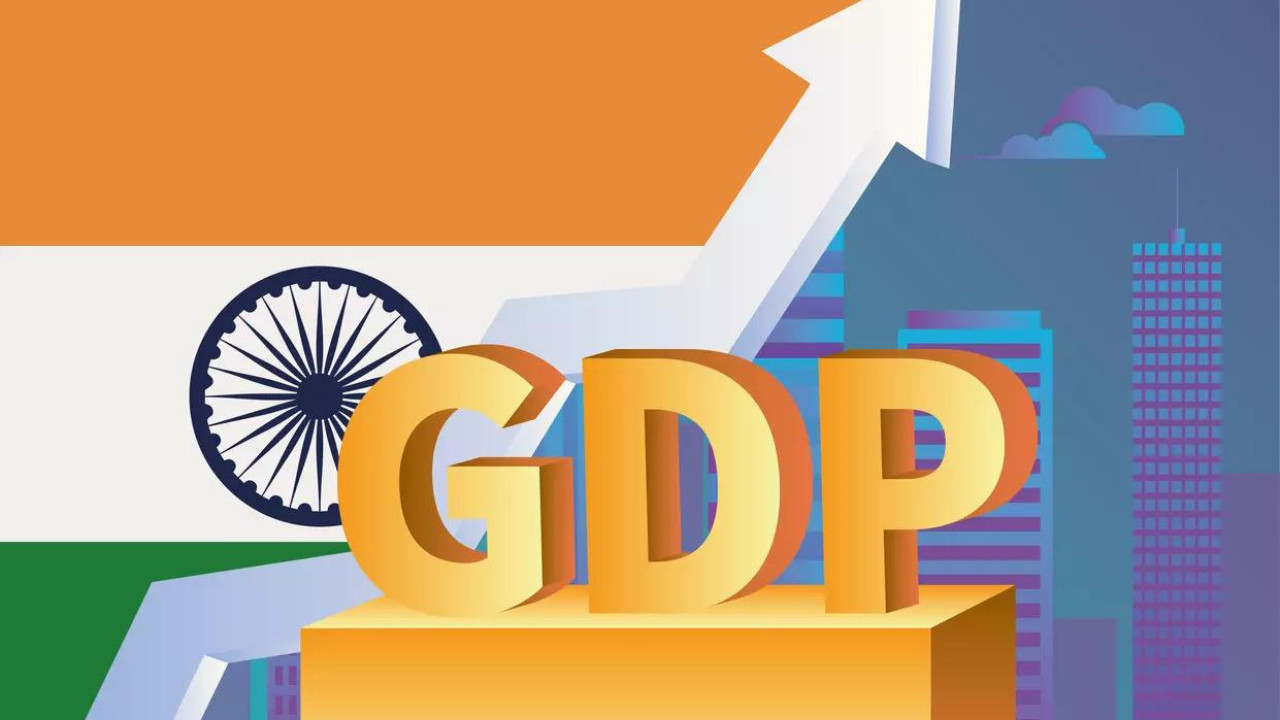India’s economy is poised for robust growth, with S&P Global Ratings forecasting 6.5% expansion this fiscal and 6.7% next. Boosted by tax cuts and monetary easing, consumption is expected to drive growth, offsetting the impact of higher US tariffs. Strong domestic demand and potential trade agreements with the US are key factors supporting this optimistic outlook.
India’s Growth Story: A Resilient Ascent Despite Global Headwinds
India’s economic trajectory continues to intrigue, doesn’t it? Despite a global landscape riddled with uncertainties, the nation’s growth narrative remains compelling. Standard & Poor’s (S&P) Global Ratings recently projected a solid 6.6%-6.7% expansion for the Indian economy, painting a picture of resilience and potential. This upbeat forecast arrives at a time when many economies are grappling with slower growth, highlighting India’s unique position on the world stage.
But it’s not all smooth sailing. The report also shone a light on potential headwinds, particularly the lingering impact of US tariffs on specific export sectors. How significant is this shadow, and what does it mean for India’s broader economic ambitions? Let’s delve deeper.
Unpacking the S&P Forecast: What’s Driving India’s Momentum?
The projected growth figures from S&P are undoubtedly encouraging. Several factors are contributing to this positive outlook. Domestically, robust consumption, fueled by a growing middle class and increasing disposable incomes, is playing a pivotal role. Investment is also picking up, driven by government initiatives and a renewed sense of optimism among businesses. Think about the “Make in India” campaign – it’s fostering local manufacturing and attracting foreign investment, creating a virtuous cycle of growth.
Furthermore, infrastructure development is gaining significant traction. Massive projects are underway, improving connectivity and efficiency across the country. These developments are not just facilitating trade and commerce, but also generating employment opportunities, further boosting economic activity.
However, it’s crucial to remember that these projections aren’t etched in stone. The global economic climate remains volatile, and unforeseen events could easily throw a wrench into the works.
The US Tariff Threat: A Cloud on the Horizon?
While the overall outlook is positive, S&P’s report also flagged the potential impact of US tariffs on certain Indian export sectors. These tariffs, imposed on specific goods, could hurt the competitiveness of Indian businesses in the US market. The effect isn’t uniform across sectors. Certain industries, particularly those reliant on exports to the US, could feel the pinch more acutely.

The key question is: how severe will this impact be? Will it significantly derail India’s growth momentum, or will Indian businesses be able to adapt and find alternative markets? This hinges on several factors, including the scope and duration of the tariffs, the ability of Indian companies to diversify their export destinations, and the effectiveness of government support measures.
Navigating the Challenges: Strategies for Sustainable Growth
So, what can India do to mitigate the risks and ensure sustainable economic growth? A multi-pronged approach is essential. Firstly, continued efforts to improve domestic competitiveness are crucial. This includes streamlining regulations, reducing bureaucratic hurdles, and investing in education and skill development. A more efficient and productive economy will be better equipped to weather external shocks.
Secondly, diversifying export markets is paramount. While the US remains an important trading partner, India needs to actively explore opportunities in other regions, such as Southeast Asia, Africa, and Latin America. Building stronger trade relationships with these regions can reduce reliance on any single market and provide greater resilience.
Thirdly, fostering innovation and technological advancement is vital. Investing in research and development, promoting entrepreneurship, and encouraging the adoption of new technologies will drive productivity growth and create new economic opportunities.
This strategy complements the existing initiatives. For instance, boosting India’s fintech sector by promoting digital financial literacy will help to stimulate financial inclusion and further encourage entrepreneurship.
India’s Path Forward: A Balancing Act
India’s economic journey is a complex one, a balancing act between capitalizing on domestic strengths and navigating global uncertainties. The S&P projection offers a reason for optimism, but it also serves as a reminder of the challenges that lie ahead. By focusing on domestic reforms, diversifying export markets, and fostering innovation, India can strengthen its economic foundations and ensure a future of sustainable and inclusive growth. The path forward requires vigilance, adaptability, and a commitment to long-term economic prosperity. The key to a vibrant economy lies in India’s Growth, not just as a statistic, but as a lived reality for all its citizens.







